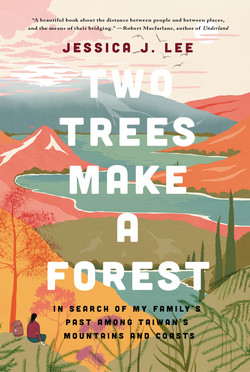Читать книгу Two Trees Make a Forest - Jessica J. Lee - Страница 10
На сайте Литреса книга снята с продажи.
ОглавлениеA NOTE ON THE TEXT
LANGUAGE BARRIERS PLAY A PROMINENT ROLE in this story. Attentive readers of Chinese will note that, while I have used traditional Chinese characters, as is common in Taiwan, I’ve used a combination of the older Wade-Giles romanization system and Hanyu Pinyin (mainland Chinese) to transliterate names, places, and other details from Mandarin.
I’ve retained both forms in this book because usage in Taiwan and among those around me fluctuates—itself a lively illustration of the complexity of language in Taiwan today. Generally speaking, if I am writing about mainland China I have used Hanyu Pinyin, while for Taiwanese place-names I have mostly used Wade-Giles or occasionally the Tongyong Pinyin transliterations commonly used by local people and on signage. Google Maps—which uses Hanyu Pinyin—renders the process of moving between digital maps and local usage somewhat complicated, so for places where Hanyu Pinyin has supplanted Wade-Giles (for example, Nenggao Mountain), I have used those names. For simplicity of reading between the two styles, I have omitted tone marks from my transliterations.
It should be noted that Wade-Giles is the preferred style of my elders; Hanyu Pinyin is what I was subsequently taught.
The gaps that bind us span more than the distances between words.
